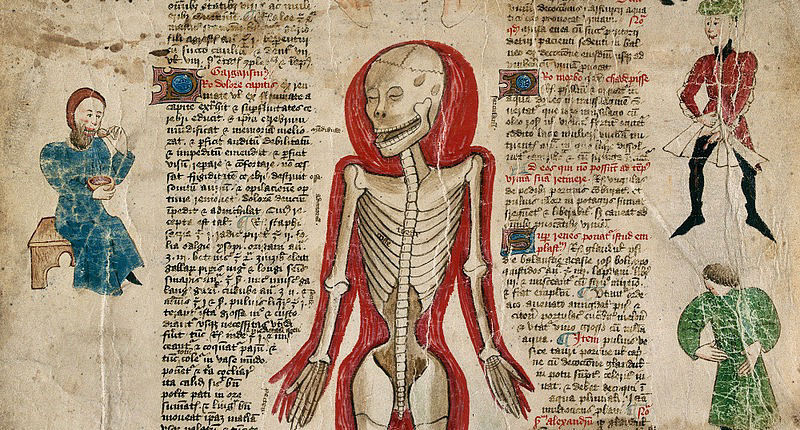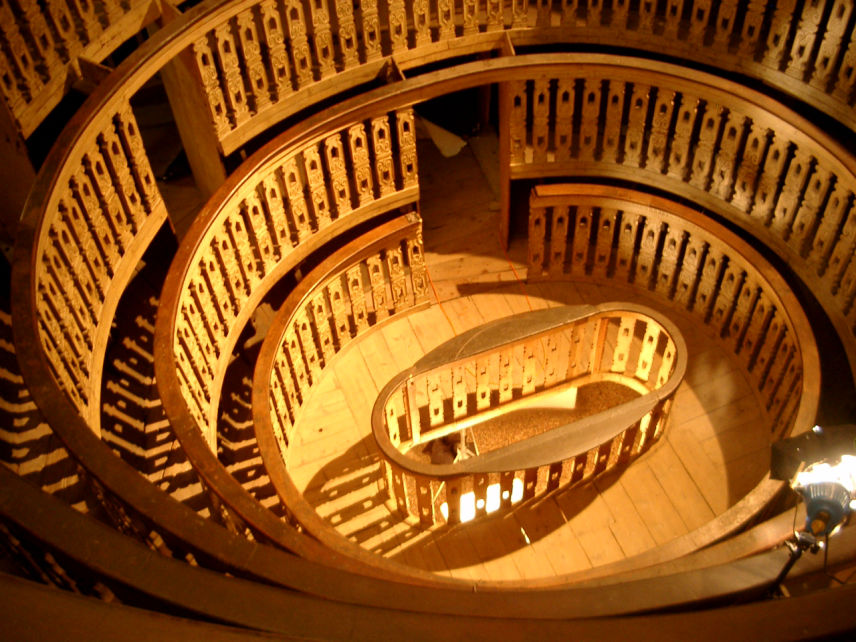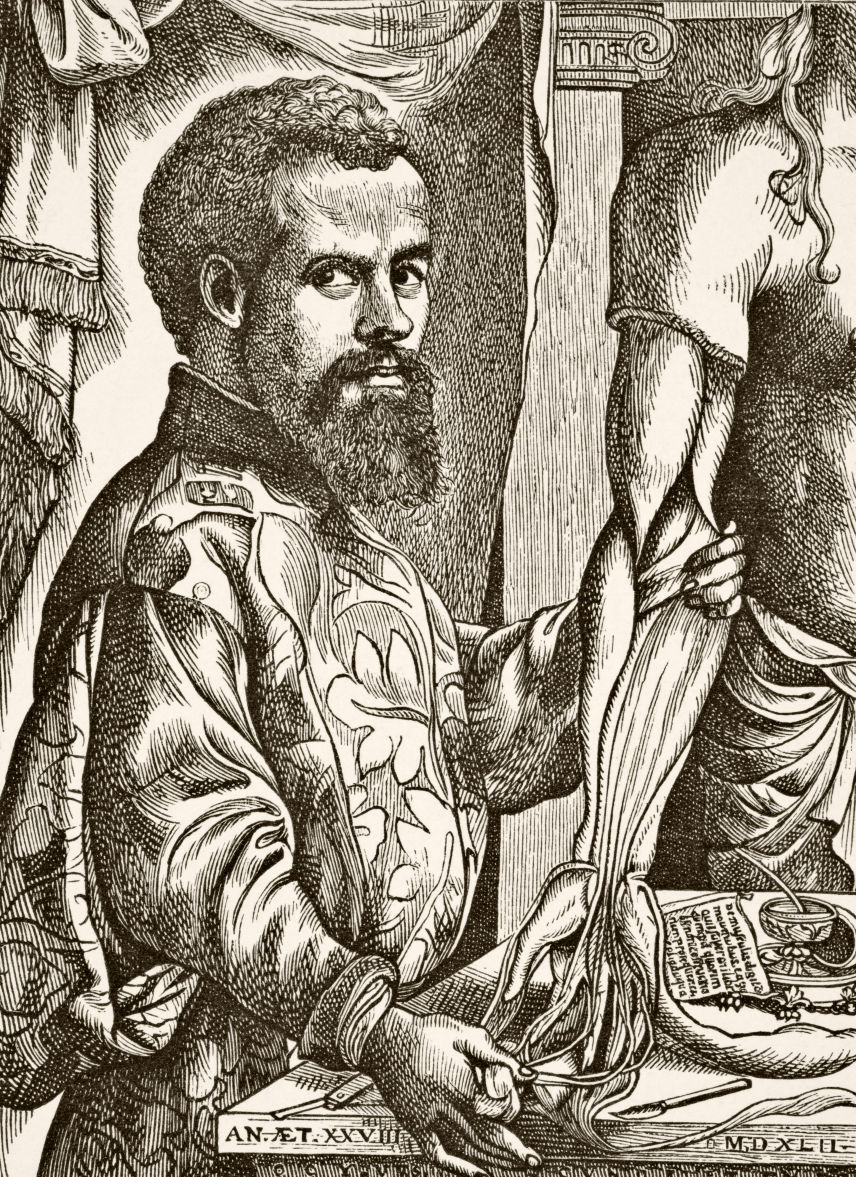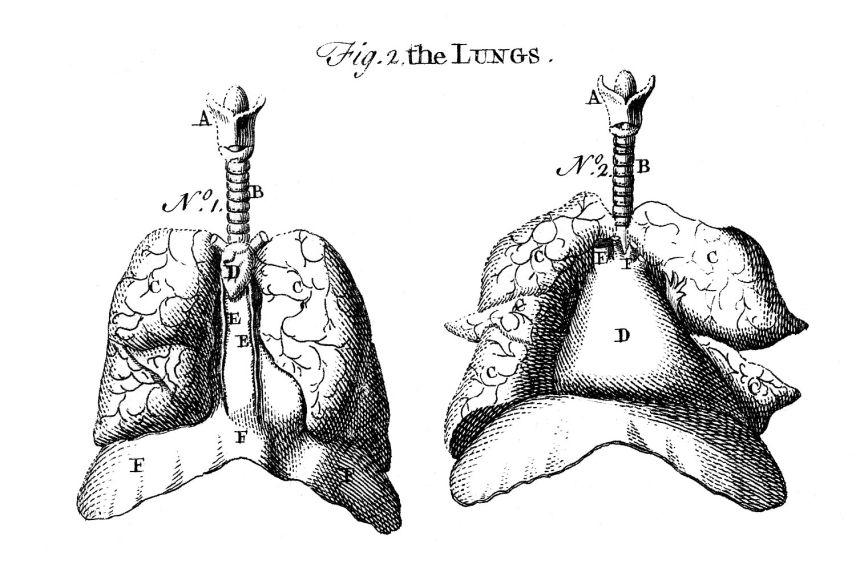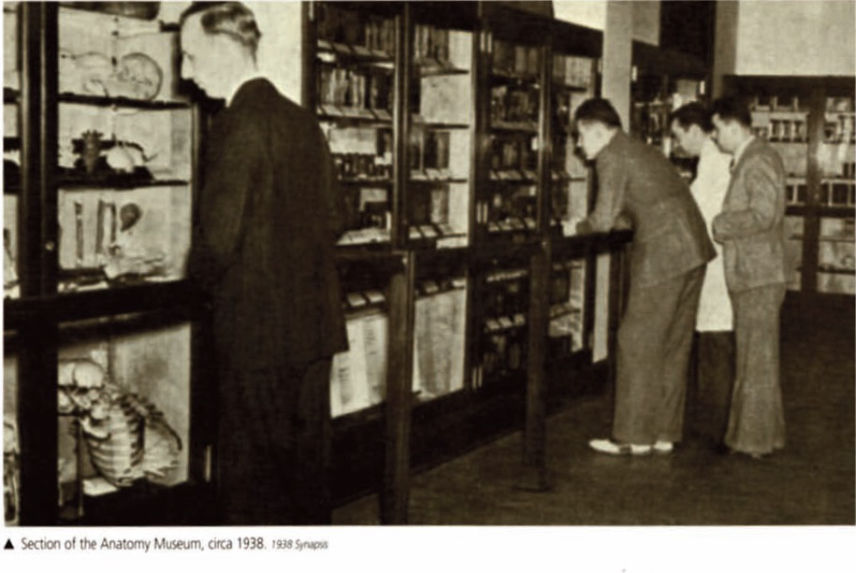Fifth-Sixth Century BC
Hippocrates and his followers make first detailed records of human dissections. They established a rational scientific, approach to the treatment of disease. Laws against dissection were inscribed on stelae on Hippocrates’ home island of Cos. Plato’s discussion of human anatomy was based solely upon religious belief.
